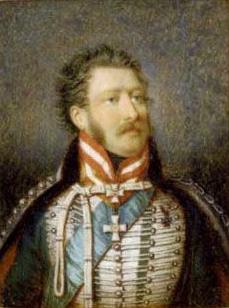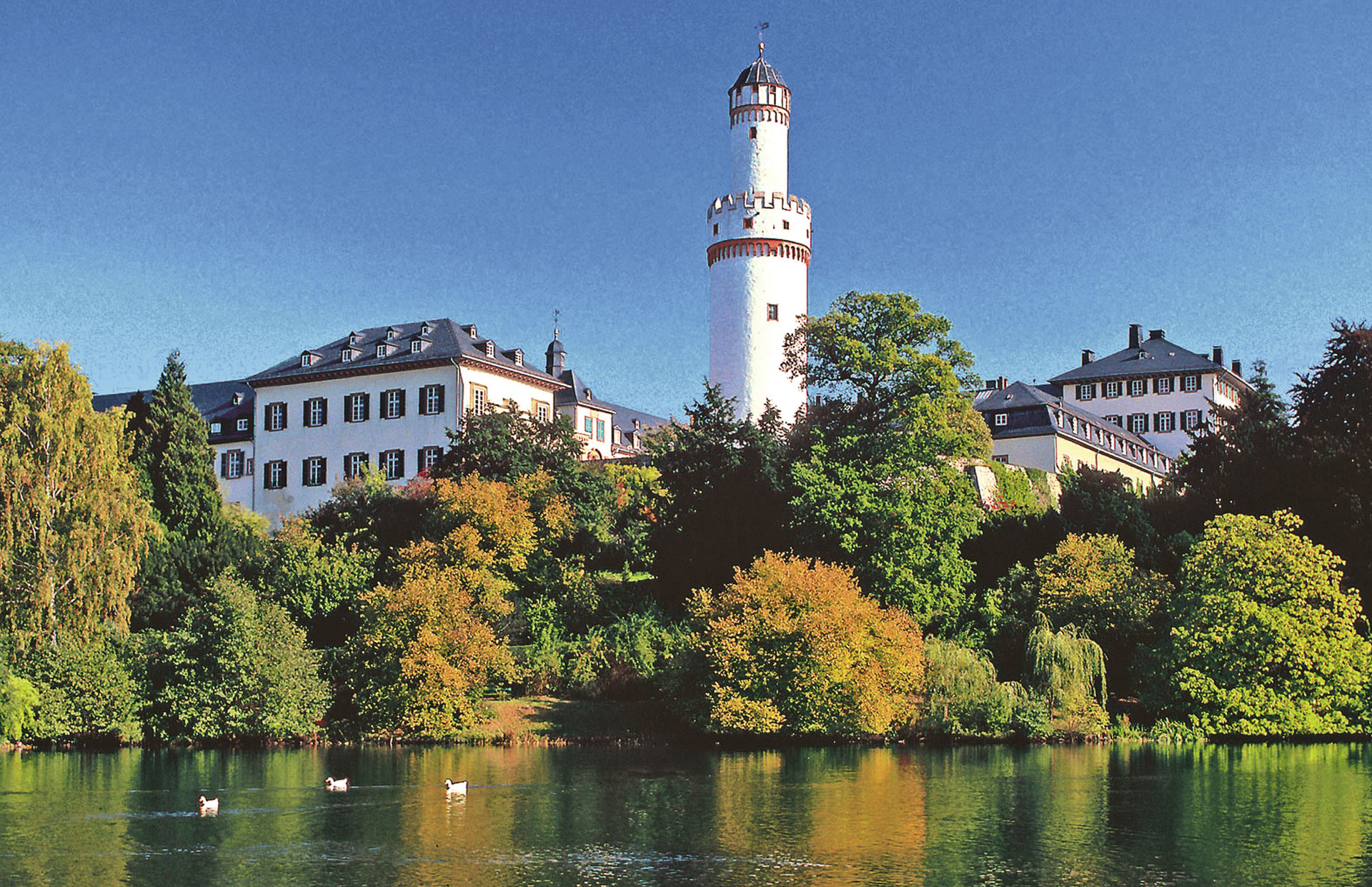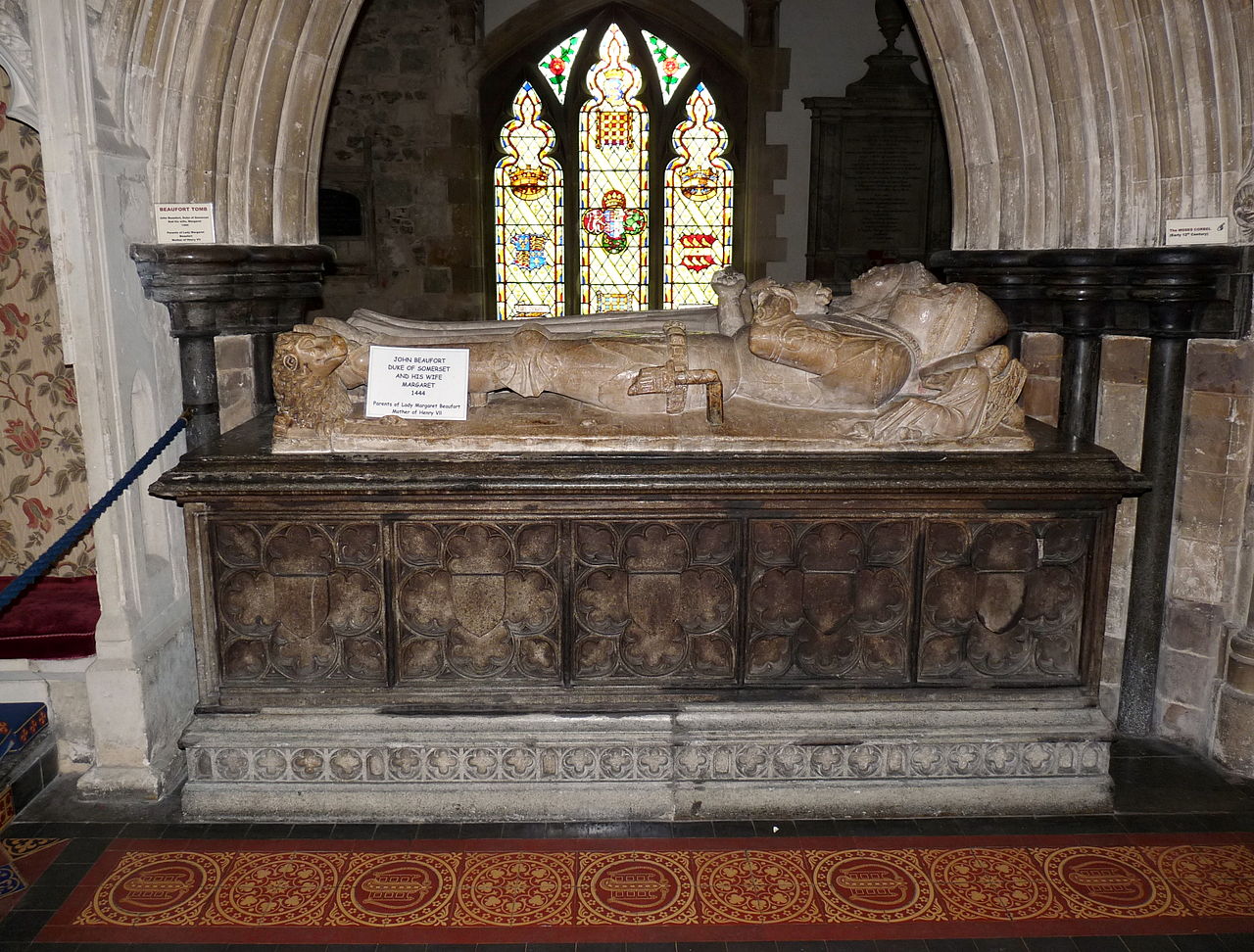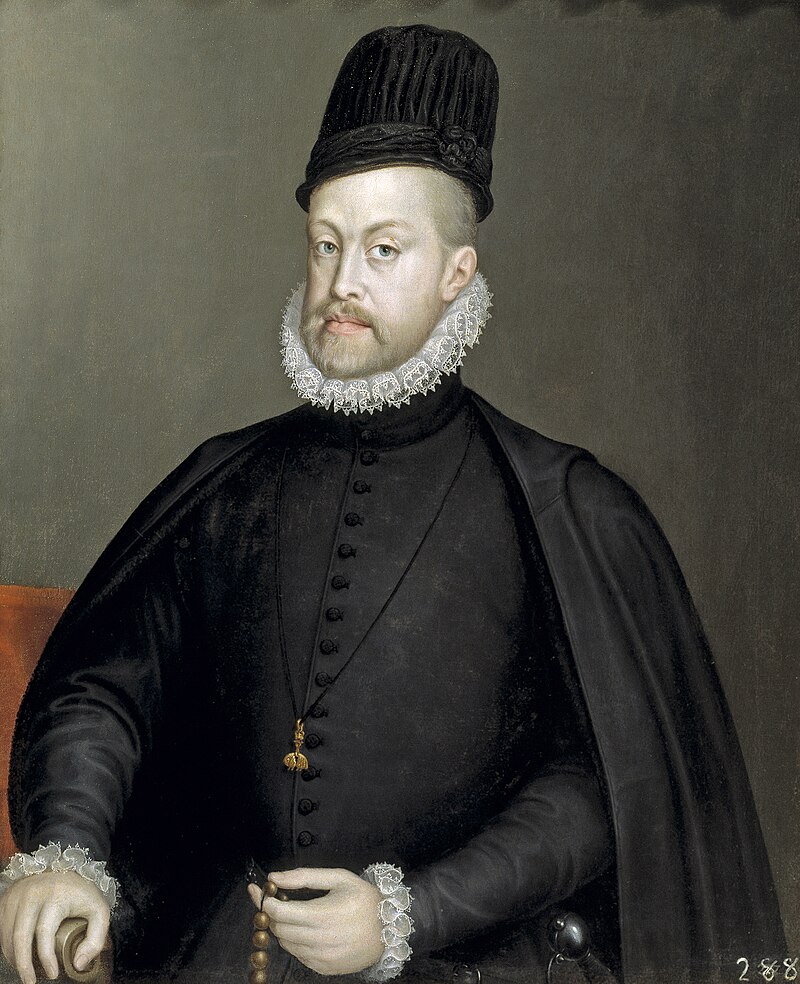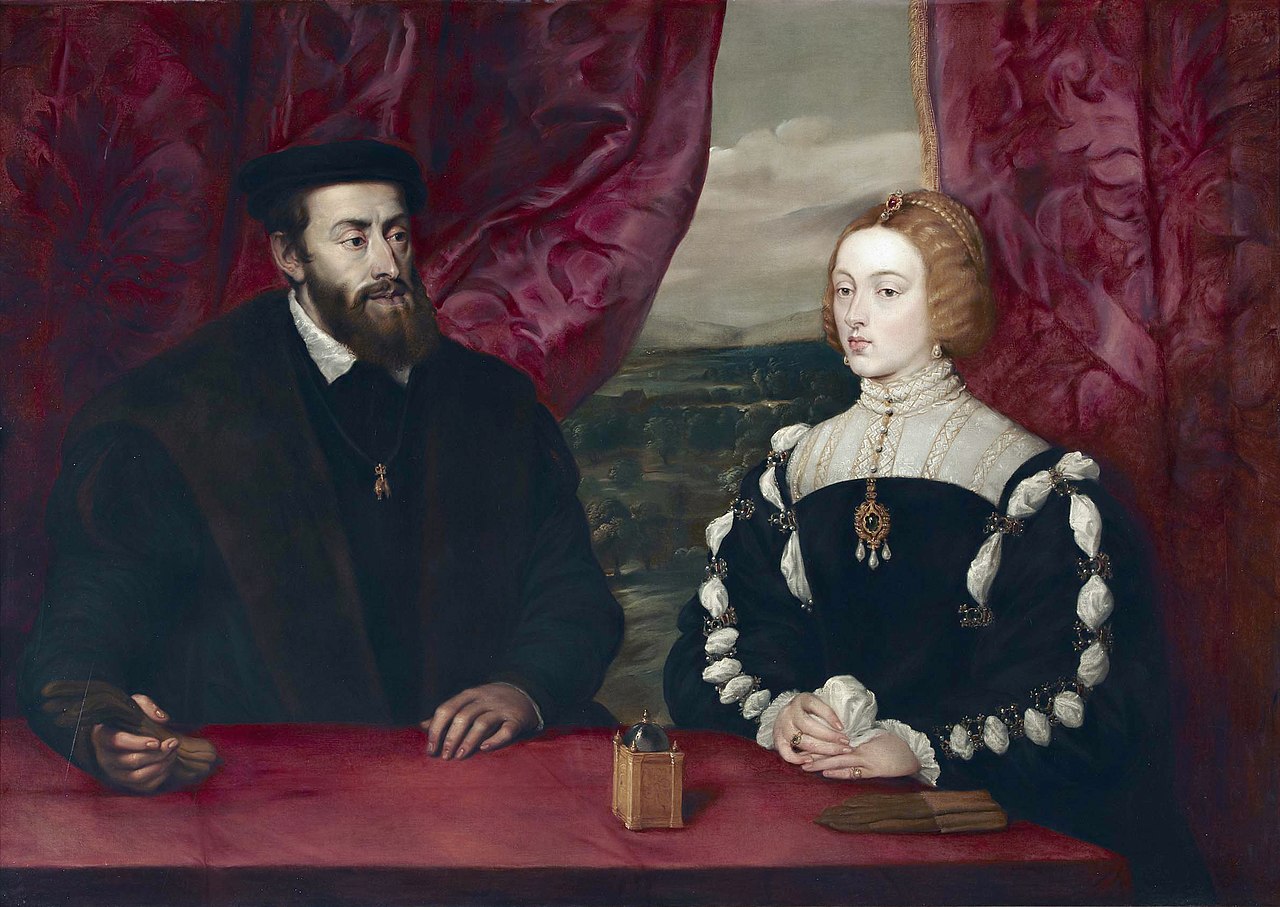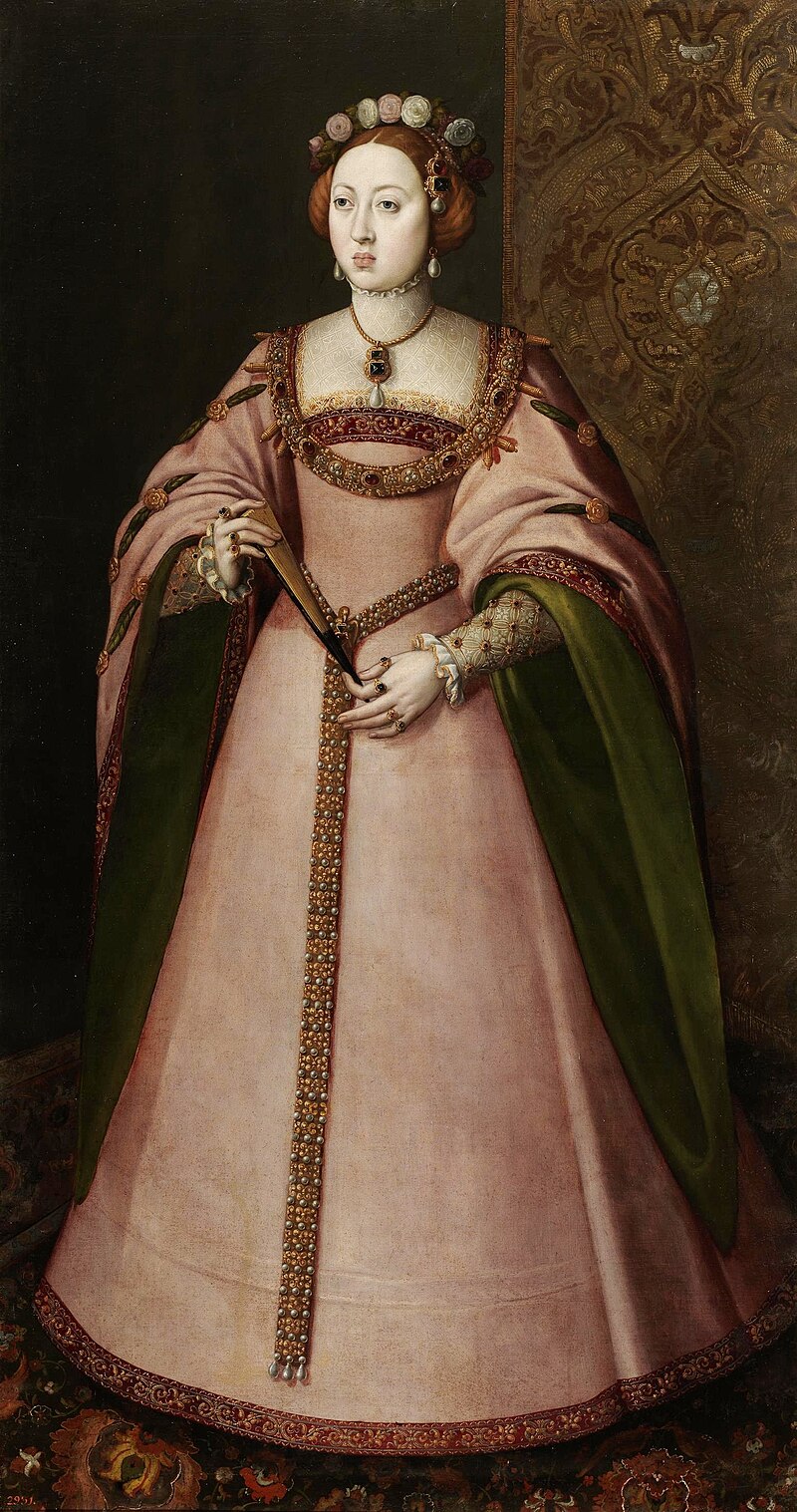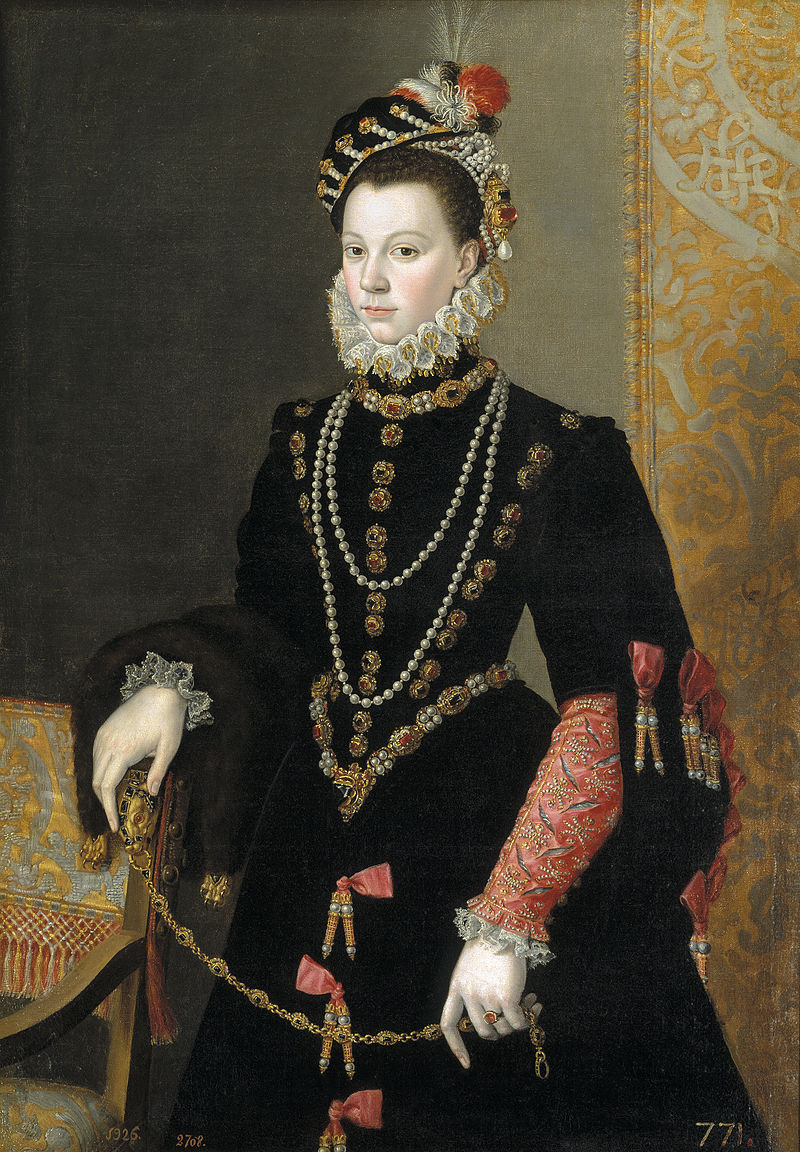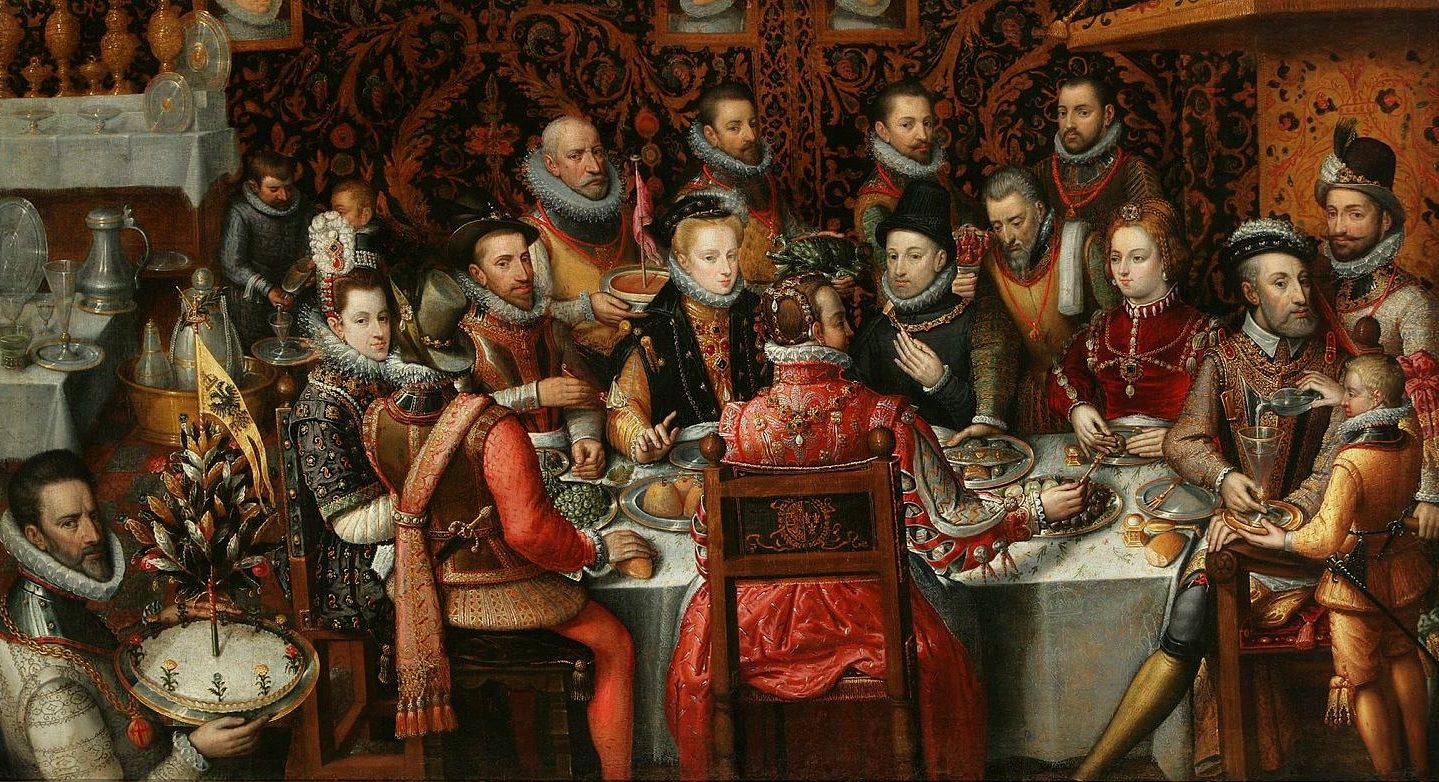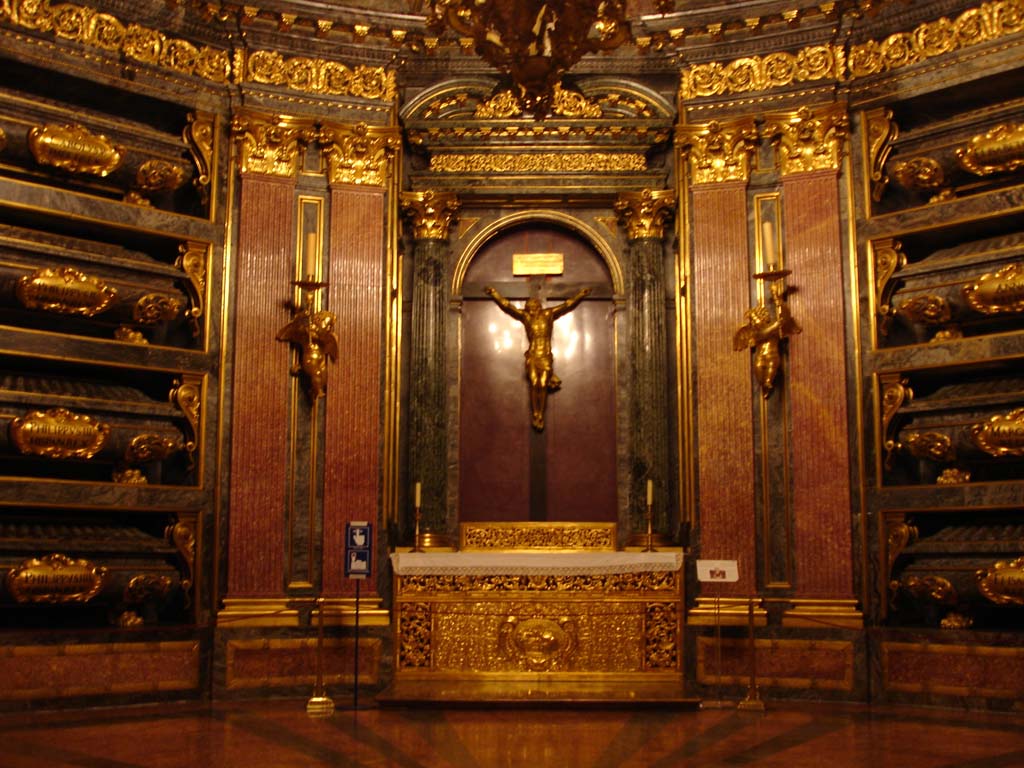by Susan Flantzer © Unofficial Royalty 2019

King Frederik VI of Denmark; Credit – Wikipedia
King Frederik VI of Denmark and Norway was the only son and the eldest of the two children of King Christian VII of Denmark and Norway and his and Caroline Matilda of Wales. Frederik’s paternal grandparents were King Frederik V of Denmark and Norway and his first wife Princess Louisa of Great Britain, daughter of King George II of Great Britain. His maternal grandparents were Frederick, Prince of Wales, who predeceased his father King George II of Great Britain, and Princess Augusta of Saxe-Gotha-Altenburg. Frederik’s parents were first cousins and King George III was his maternal uncle.
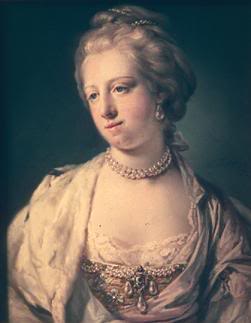
Princess Caroline Matilda of Wales; Credit – Wikipedia

King Christian VII of Denmark and Norway; Credit – Wikipedia
Frederik was born on January 28, 1768, at Christiansborg Palace in Copenhagen, Denmark. He was christened two days later at Christiansburg Palace by Ludvig Harboe, Bishop of Zealand.
His godparents were:
- King Christian VII, his father
- Dowager Queen Juliana Maria, his step-grandmother
- Hereditary Prince Frederik, his half-uncle

Engraving of the newborn Crown Prince Frederik with his mother Queen Caroline Matilda; Credit – Wikipedia
Frederik had one sister:
- Princess Louise Auguste (1771 – 1843), married Friedrich Christian II, Duke of Schleswig-Holstein-Sonderburg-Augustenburg, had issue including Caroline Amalie, Queen Consort of King Christian VIII of Denmark
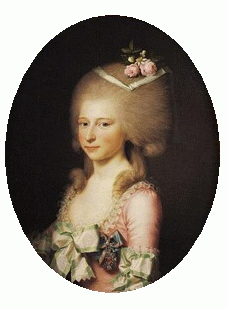
Princess Louise Auguste, Frederik’s sister; Credit – Wikipedia
Frederik’s father King Christian VII suffered from mental illness. It is unknown if Christian VII’s mental illness was caused by the brutal treatment of his governor Christian Reventlow, possible porphyria inherited from his Hanover mother, or schizophrenia. Christian’s behavior wandered into excesses, especially sexual promiscuity. His symptoms included paranoia, self-mutilation, and hallucinations. It was becoming clearer and clearer that Christian could not fulfill his role as king.
On a trip arranged because it was believed that new environments could change Christian’s behavior, Christian became acquainted with the physician Johann Friedrich Struensee. Struensee was the first person who understood that Christian was seriously ill. When Christian came home from the trip, Struensee accompanied him and was employed as Christian’s personal physician. Because of Christian’s confidence in him, Struensee gained political power. He also became the lover of the ill-treated Caroline Matilda, whose marriage was less than satisfactory. When Caroline Matilda gave birth to her daughter Louise, no one doubted that Struensee was the princess’ father.
Eventually, Dowager Queen Juliana Maria, King Christian VII’s stepmother, maneuvered a coup that would bring about the fall of Struensee and discredit Caroline Matilda. Juliana Maria arranged for King Christian VII to sign the arrest warrant of Struensee after she had already made the arrest in the king’s name. In 1772, Struensee was executed and Caroline Matilda was exiled to Celle Castle where she died in 1775 at the age of 23 from scarlet fever, without seeing her children again. At the time of their mother’s exile, Crown Prince Frederik was four years old and his sister Princess Louise had not yet reached her first birthday.
After the fall of Struensee, King Christian VII’s 18-year-old half-brother Hereditary Prince Frederik became Regent and held that position until 1784 but Frederik’s mother Juliana Maria had the real power. As Crown Prince Frederik became older, he had no intention of allowing Hereditary Prince Frederik and his mother Juliana to continue their rule. In 1784, Crown Prince Frederik reached the age of legal majority. He somehow managed to get his insane father to sign an order dismissing Hereditary Prince Frederik’s supporters from the council and declaring that no royal order was legal unless co-signed by the Crown Prince, thereby deposing his stepmother and half-brother. Crown Prince Frederik then ruled permanently as Crown Prince Regent until his father died
After Frederik became Regent, the Danish court began to search for a bride for him. A marriage to Frederik’s first cousin Princess Augusta, the daughter of King George III of the United Kingdom, was contemplated. However, King George III explained that after the terrible treatment of his sister Caroline Matilda, the mother of Crown Prince Frederik, he would never send one of his daughters to the Danish court. There was also speculation that he would marry a Prussian princess, a choice supported by his step-grandmother Dowager Queen Juliana Maria and her brother-in-law King Friedrich II of Prussia (Frederick the Great).

Princess Marie of Hesse-Kassel; Credit – Wikipedia
Also high on the list was his cousin Princess Marie of Hesse-Kassel, daughter of Prince Carl of Hesse-Kassel and Princess Louise of Denmark and Norway. Frederik was a great-grandchild of King George II of Great Britain and Marie was a double great-grandchild of George II. Both Marie’s parents were children of a daughter of King George II of Great Britain: her father was the son of Princess Mary of Great Britain and her mother was the daughter of Princess Louisa of Great Britain who was also the mother of Frederik’s father. Factions of the Danish court did not support the marriage because a more dynastic marriage was preferred but Crown Prince Frederik wanted to show his independence and insisted upon the marriage.
On July 31, 1790, in the Gottorp Castle chapel, Frederik and Marie were married. The couple made a triumphant official entrance into Copenhagen on September 14, 1790. Crown Princess Marie was under immense pressure to produce a male heir to the throne because the main line of the Danish royal family was in danger of becoming extinct. Frederik and Marie had eight children but unfortunately, six of them, including two boys, died in infancy. Only two daughters survived and both daughters had childless marriages. For the rest of her life, Marie would lament her lack of sons and grandchildren.
- Christian (born and died September 1791), died in infancy
- Marie Louise (1792 – 1793), died in infancy
- Caroline (1793 – 1881), married her father’s first cousin Ferdinand, Hereditary of Denmark, no children
- Louise (August 1795 – December 1795), died in infancy
- Christian (born and died September 1797), died in infancy
- Juliana Louise (born and died February 1802), died in infancy
- Frederikke Marie (June 1805 – July 1805), died in infancy
- Vilhelmine Marie (1808 – 1891), married (1) the future King Frederik VII of Denmark, no children, divorced (2) Karl, Duke of Schleswig-Holstein-Sonderburg-Glücksburg, no children

King Frederik VI and Queen Marie with their daughters Caroline and Vilhelmine by Christoffer Wilhelm Eckersberg, 1821; Credit – Wikipedia
On March 13, 1808, King Christian VII died and his son succeeded him as King Frederik VI of Denmark and Norway. Due to the Napoleonic Wars, King Frederik VI’s anointing was not held until July 31, 1815, at Frederiksborg Palace Church.
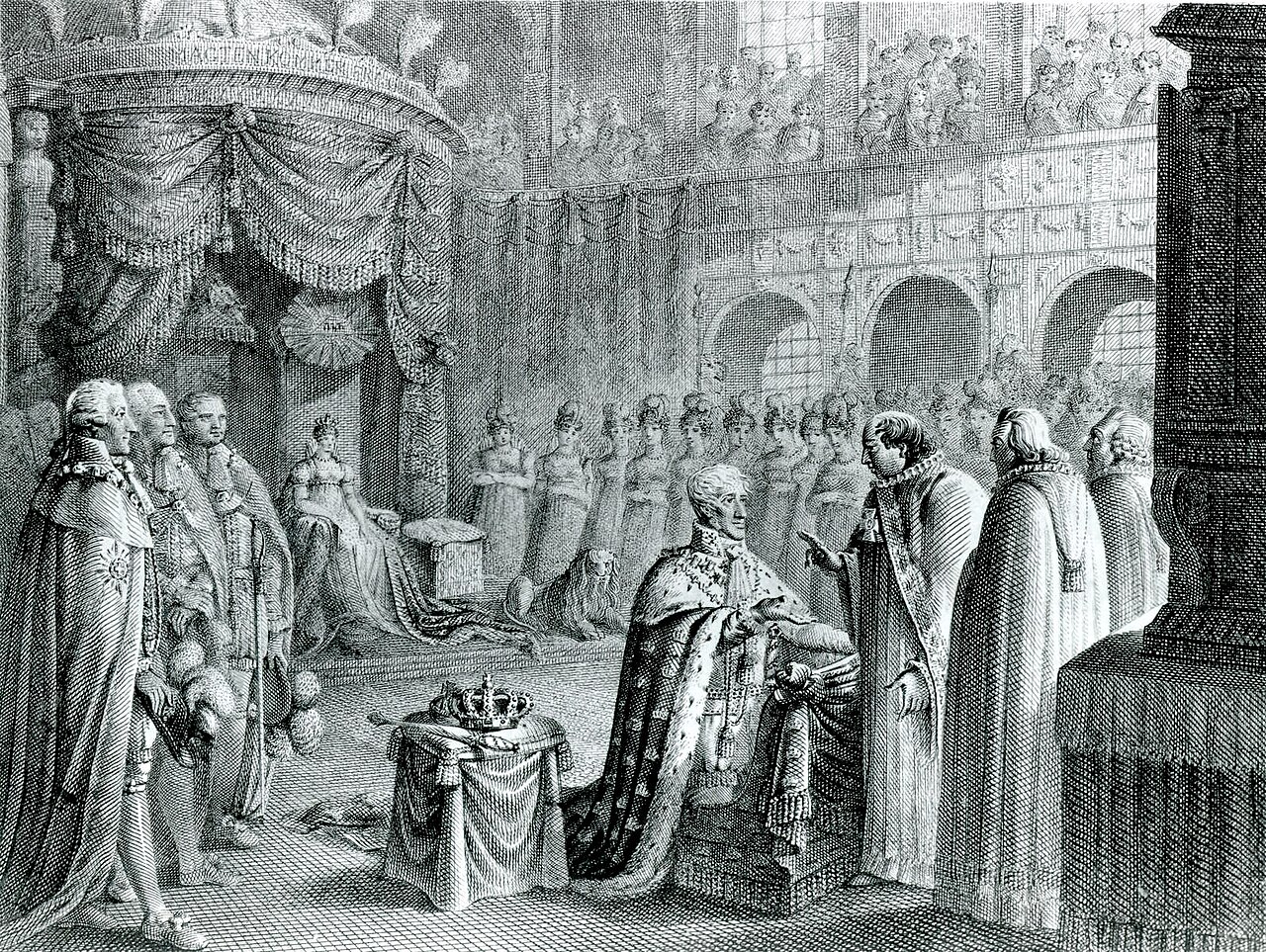
Anointing of King Frederik VI; Credit – Wikipedia
At that point in time, the King of Denmark was also the King of Norway. During the Napoleonic Wars, Frederik tried to remain neutral but when the British attacked Copenhagen, he was forced to ally with Napoleon. In 1814, Frederik was forced by the United Kingdom and Sweden to sign the Treaty of Kiel which ceded Norway to Sweden. After the French defeat in the Napoleonic Wars in 1814 and the loss of Norway, Frederik became more authoritarian and reactionary, giving up his former liberal ideas. There were also economic problems but they eased a bit when Frederik agreed to creating the Assemblies of the Estate, consultative regional assemblies.

King Frederik VI lying in state; Credit – Wikipedia
King Frederick VI died on December 3, 1839, at the age of 71 at Amalienborg Palace in Copenhagen. He had reigned Denmark for a total of 55 years: 24 years as Crown Prince Regent and 31 years as King. As he had no sons, he was succeeded by King Christian VIII, the son of King Frederik’s half-uncle Frederik, Hereditary Prince of Denmark. King Frederik VI was buried at Roskilde Cathedral in the Frederik V Chapel in Roskilde, Denmark.

Tomb of King Frederik VI – Photo © Susan Flantzer
This article is the intellectual property of Unofficial Royalty and is NOT TO BE COPIED, EDITED, OR POSTED IN ANY FORM ON ANOTHER WEBSITE under any circumstances. It is permissible to use a link that directs to Unofficial Royalty.
Kingdom of Denmark Resources at Unofficial Royalty
- Kingdom of Denmark Index
- Danish Orders and Honours
- Danish Royal Burial Sites: House of Oldenburg, 1448 – 1863
- Danish Royal Burial Sites: House of Schleswig-Holstein-Sonderburg-Glücksburg, 1863 – present
- Danish Royal Christenings
- Danish Royal Dates
- Danish Royal Residences
- Danish Royal Weddings
- Line of Succession to the Danish Throne
- Profiles of the Danish Royal Family
Works Cited
- Da.wikipedia.org. (2018). Frederik 6.. [online] Available at: https://da.wikipedia.org/wiki/Frederik_6. [Accessed 15 Sep. 2018].
- De.wikipedia.org. (2018). Marie von Hessen-Kassel (1767–1852). [online] Available at: https://de.wikipedia.org/wiki/Marie_von_Hessen-Kassel_(1767%E2%80%931852) [Accessed 15 Sep. 2018].
- En.wikipedia.org. (2018). Frederick VI of Denmark. [online] Available at: https://en.wikipedia.org/wiki/Frederick_VI_of_Denmark [Accessed 15 Sep. 2018].
- En.wikipedia.org. (2018). Marie of Hesse-Kassel. [online] Available at: https://en.wikipedia.org/wiki/Marie_of_Hesse-Kassel [Accessed 15 Sep. 2018].
- Flantzer, S. (2016). King Christian VII of Denmark. [online] Unofficial Royalty. Available at: https://www.unofficialroyalty.com/king-christian-vii-of-denmark/ [Accessed 15 Sep. 2018].
























